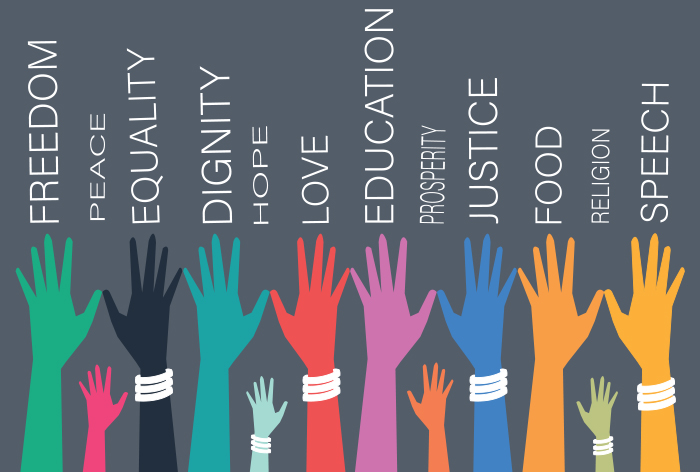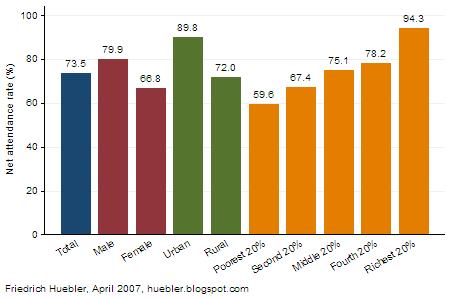What is Ethnocentrism and Eurocentrism?
Eurocentrism is the frequent act of the Europeans and other western cultures such as the United States to view countries that are less modernized as backwards or even less humane. This relates to human rights laws, and how something that is seen as socially acceptable in one country is illegal in another. Should European and western countries be able to intervene in instances where they see something as unjust? Ethnocentrism in similar but on a broader scale, it can be any culture looking down on another culture as other or different, and that these differences make them lesser, or dangerous. Farish Noor in his chapter “Beyond Eurocentrism,” writes about how it is difficult for Europeans and westerners to see beyond their own world views and to the ideas and thoughts of other cultures. Although there should be some baseline human rights, it is how far we should extend these rights needs to be a global discussion and not just something that is decided by a single group. Everyone has to be involved and everyone must be heard. 
Ethnocentrism and Human Rights in Nepal
Nepal is a country with many diverse ethnicities, between 50-60. People are very proud of their ethnicity and the language that they speak, so much so that many people use their ethnicity as their surname according to Nina Evason’s article “Nepalese Culture.” Although there are many smaller ethnicities people either come from the Tibet-Burmans or the Indo-Aryans as the two major ethnicities. The Indo-Aryans have a larger population and more political power, and are thus viewed as the more dominant ethnic group. However most people feel more allied to their individual ethnicity and this can sometimes be problematic when it comes to creating a Nepali culture. Seema Pandey writes in their article “Broadening vision” that if Nepal made a more focused effort to include people of all different ethnicities in media then there might be more understanding and acceptance in Nepal. They also write of the global ethnocentrism, and that other countries have only one view of Nepal because they have only seen one ethnic group of Nepal depicted in media. Human rights is an issue in Nepal, and many of the people don’t have access to things that should be universal human rights because it is a poor country. 50% of Nepalis don’t live within 30 minutes of a hospital, which would be a major health concern. Education is also a major issue, and in many rural areas there aren’t schools. There is also high food insecurity, and 27% of Nepalese children are underweight or malnourished. All of these issues are something that is trying to be addressed, but Nepal is still an impoverished country and it is difficult to make these massive changes. 

Sources
https://culturalatlas.sbs.com.au/nepalese-culture/nepalese-culture-core-concepts
https://kathmandupost.com/opinion/2014/09/14/broadening-vision
https://en.wikipedia.org/wiki/Human_rights_in_Nepal#Current_issues
